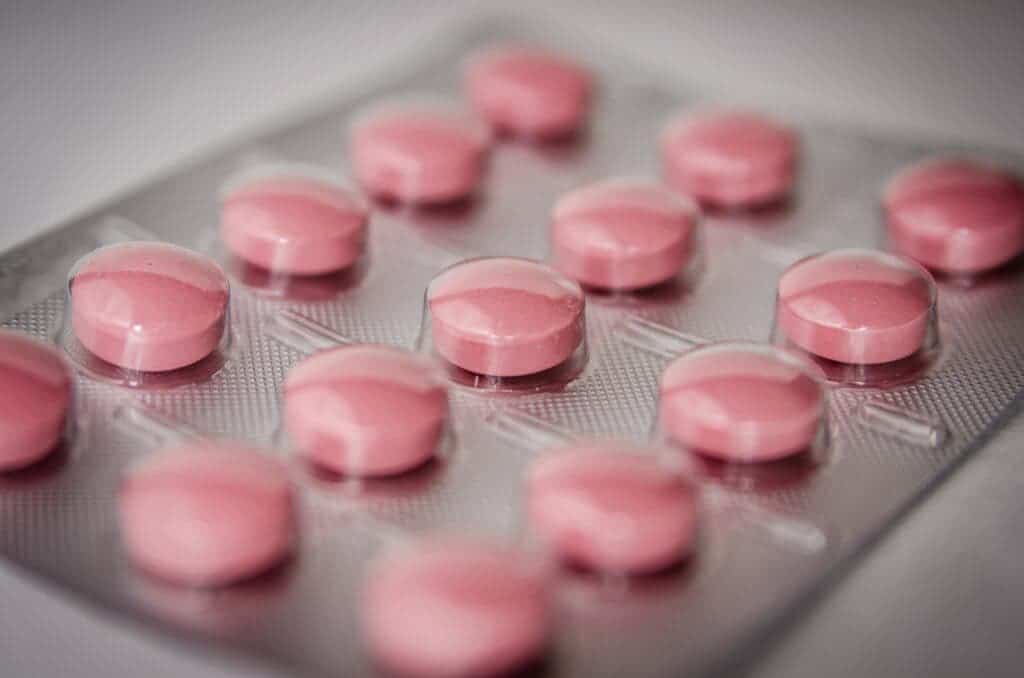An antibody isolated from a SARS (Severe Acute Respiratory Syndrome) survivor after the 2003 epidemic could pave the way towards a treatment for COVID-19.

Image credits Michal Jarmoluk.
The antibody, named S309, is currently “on a fast-track development and testing path” with California-based Vir Biotechnology. according to a press release. Preliminary findings, published in a study in the journal Nature, suggest that the antibody should be effective against several members of the coronavirus family, including the strain responsible for the current pandemic.
New virus, old tricks
“Right now there are no approved tools or licensed therapeutics proven to fight against the coronavirus that causes COVID-19,” says David Veesler, assistant professor of biochemistry at the University of Washington School of Medicine and lead author of the study. He adds that “we still need to show that this antibody is protective in living systems, which has not yet been done.”
The antibody works against the SARS virus by chemically binding to its spike proteins (the structures that look like ‘spikes’ on the virus’ surface). These are crucial for the mechanisms the virus uses to perceive, access, and infect human cells. By blocking them, the antibody effectively destroys its ability to cause illness.
However, one finding of the study points the way to an exciting possibility: that S309 can also neutralize SARS-CoV-2, the coronavirus responsible for the current outbreak, as well as other strains in its extended family.
First, the team isolated several monoclonal antibodies from the B-type lymphocytes (white blood cells) of a person who got infected and then recovered during the SARS epidemic of 2003. Although these antibodies were tailored to fight another virus, it was for one closely related to the coronavirus, making it likely that they would also interact with it.
Type B lymphocytes form some of the immune system’s ‘memory cells’. Memory cell surfaces are littered with protein receptors that bind to antigens (molecules that give away the presence of an infection) of pathogens the body has fought off in the past. Once this reaction takes place, they direct the body to start producing appropriate antibodies.
Through the use of cryo-electron microscopy studies and binding assays, the team found that the S309 antibody binds to a spike protein that is identical across many lineages of the coronavirus family. This protein is also a critical part of its ability to infect cells, so it’s very unlikely that it would suffer mutations over time. Even better, it’s identical across many coronaviruses the team investigated — meaning it could fight all of those strains.
While the S309 antibody was particularly good at this task, it wasn’t the only useful one. Other antibodies isolated from the patient could also bind to the spike protein, although not as strongly. The authors say a mix of all these antibodies would form the basis of the new treatment. This way, they can support each other’s activity and ensure the highest level of protection possible across multiple strains and in the face of any mutation of the spike proteins, however unlikely.
The treatment could be used to prevent infection in people at high risk of exposure, but it doesn’t work as a vaccine — it would offer protection only for a limited time. Alternatively, it can be applied as therapy for severe cases of COVID-19 in patients who are already infected.
The paper “Cross-neutralization of SARS-CoV-2 by a human monoclonal SARS-CoV antibody” has been published in the journal Nature.


